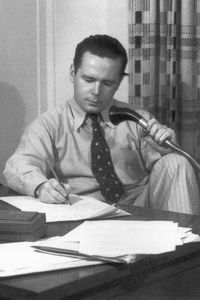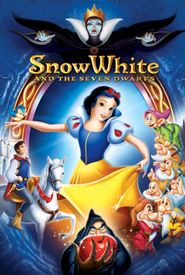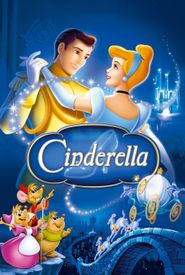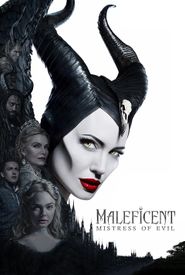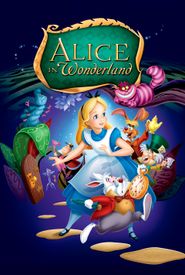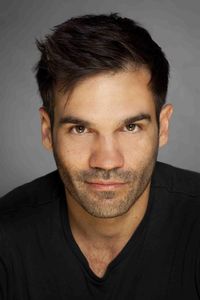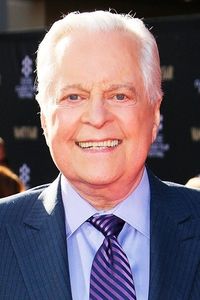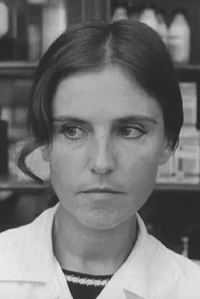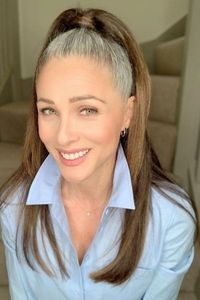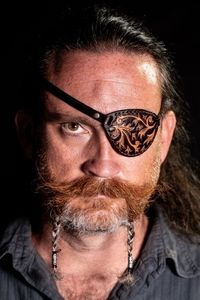Ted Sears was a multi-talented individual, born in 1900, who spent most of his childhood in New York. As a teenager, he attended a trade school in Manhattan, where he learned various lettering techniques, with the intention of becoming a sign painter. Despite his passion for art and drawing, Sears recognized that he would never be an exceptional artist and felt the need to support his parents and four sisters.
Sears' adaptability and versatility allowed him to try out various jobs, including lettering title cards for silent movies, working with trick photography, drawing ads, and creating props for early two-reel comedies. He even joined the company of silent comic Charlie Bowers, where he developed plot ideas and gags for unscripted movies.
Sears' innate sense of story and his ability to think on his feet led him to the world of film cartoons. He discovered that cartoons with their loose, zany characters came naturally to him, and he went on to work as an animator in various studios, eventually joining the Max Fleischer organization.
In 1931, Walt Disney hired Sears on a long-term contract as a senior writer, and he remained with the company for 27 years. During this time, Sears wrote dialogue and storylines for virtually every important production made by the Disney Studio, including "Snow White," "Pinocchio," "Bambi," "Dumbo," "Fantasia," "Saludos Amigos," "Cinderella," "Alice in Wonderland," "Peter Pan," and "Lady and the Tramp."
Sears was also instrumental in the development of storyboarding, an industry standard for both animated and live-action films. He co-wrote narration for many of the Disney nature films with Winston Hibler and later worked on several Disney TV shows. Sears had writing credits on over a dozen Oscar and Emmy-winning productions.
In his free time, Sears enjoyed drawing for his friends, making props for his daughter's plays, and producing his family's Christmas cards, which featured his old love for trick photography and special effects. He even lettered the envelopes individually, turning each name into calligraphy.
When Sears passed away in the summer of 1958, he left behind a legacy of quality Disney films, which were a testament to his many gifts, his dedication to his work, and his satisfaction in working with the finest talents in the animation business.
